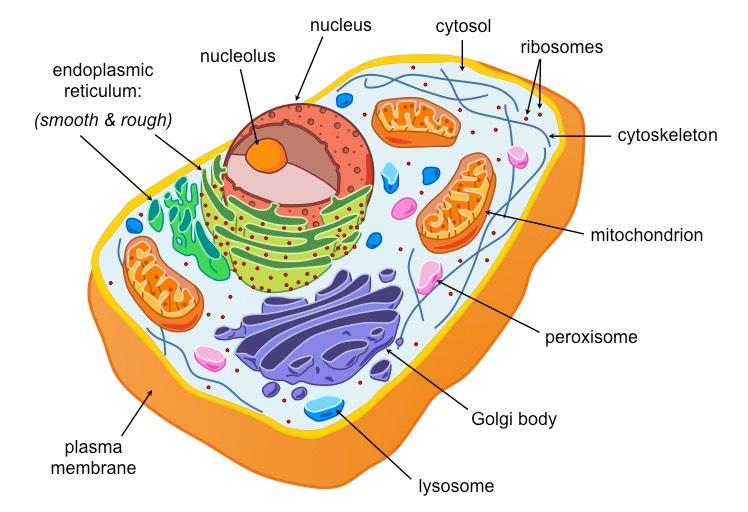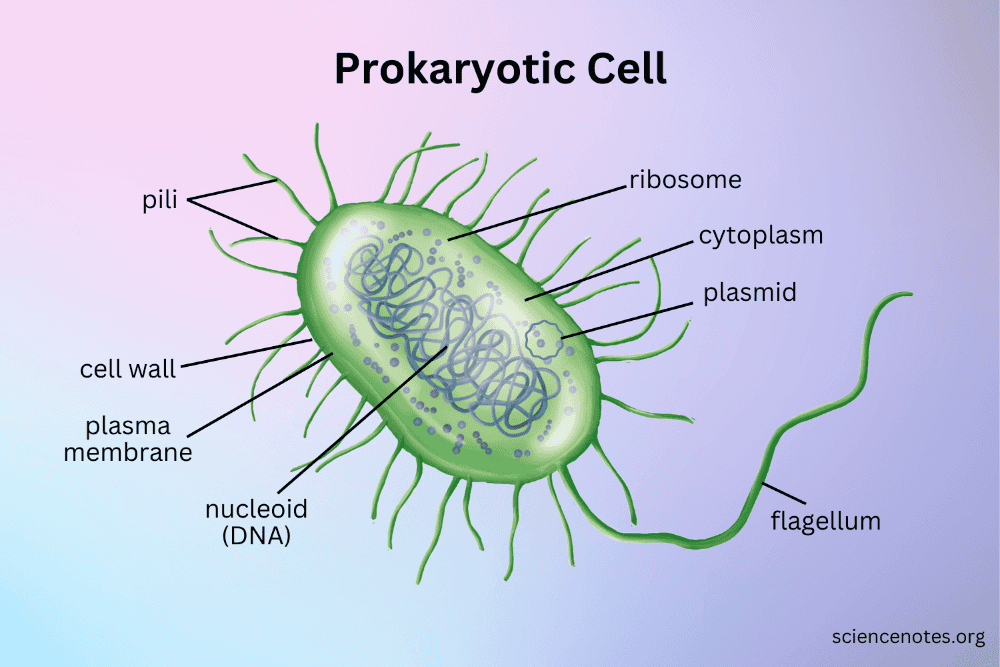Microorganisms visible to the naked eye:
Fungi and Algae
Why is microbiology important?
1. Microbes are the oldest forms of life
2 Largest mass of any living material on Earth
3. Carry out major processes for biogeochemical cycles
4. Can live in places unsuitable for other organisms
5. Other life forms need microbes to survive
All cells have the following in common:
1. Cytoplasmic membrane.
2. Cytoplasm
3. Ribosome.
Genome is:
a cells full complement of genes
Chromosome is:
a genetic element carrying genes essential to cellular function.
Plasmid is :
a piece of DNA that carry's non-essential genes
Characteristics of Eukaryotes:

1. Membrane-bound nucleus.
2. Membrane-bound organelle
3. Complex internal organization.
4. Divison by mitosis and meiosis.
Protists are Eukaryotic.
TRUE,
or,
FALSE.
TRUE.
Protozoa ( eukaryotes) are:
1. animal-like organisms.
2. are unicelluar.
Algae ( eukaryotes) are:
Algae can be both unicellular and multicellular:
TRUE or, FALSE.
photosynthetic plant-like microorganisms.
TRUE
Slime mold and water molds ( eukaryotes) are:
filamentous
Fungi are eukaryotes.
TRUE, or FALSE?
TRUE
Is yeast unicellular or multicellular?
Unicellular.
Are mushrooms unicelluar or multicellular?
multicellular.
Characteristics of prokaryotes:

1. No membrane-bound nucleus.
2. Generally smaller ( approx 1 um diameter)
3. Simple internal structure.
4. Divides by binary fission ( asexual reproduction, parent cell divides into two daughter cells)
5. Most are unicellular.
Is Bacteria a eukaryote or a prokaryote?
prokaryote.
Bacteria are:
1. Genetically diverse.
2. Extremely diverse metabolic styles.
3.Includes both pathogens and non-pathogens.
Is an Archae a eukaryote or prokaryote?
prokaryote.
Archae are:
1. Genetically and biochemically different from bacteria.
2. Also have diverse metabolism.
3. Never pathogenic.
4. Most famous for living in extreme enviroments.
Are viruses:
A. Eukaryotes.
B. Prokaryotes.
C. Neither.
Neither.
Viruses are:
1. Cellular infectious particles.
2. Extremely small.
3. Obligate intercellular particles ( they cannot cannot grow outside living cells)
4. Cannot be classified with other microbes
4. lack independent metabolism.
Which of the following do Viruses possess:
A. Ribosomes.
B. Ribosomal DNA.
C. both A and B.
D. None of the above.
D
Which of the following can be viewed with a light microscope?
A. Prokaryotes.
B. Eukaryotes.
C. Viruses.
D. Both A and B.
D
Which one of the following can only be viewed using Transmission Electron Microscopy?
A. Eukaryotes.
B. Prokaryotes.
C. Viruses
D. All the above
C